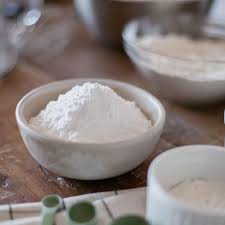Baking soda, also known as sodium bicarbonate, is a white, fine, crystalline powder with a slightly salty taste, chemically represented as NaHCO3; it functions as a leavening agent in baking by releasing carbon dioxide gas when combined with an acidic ingredient like vinegar or buttermilk, causing baked goods to rise; it’s commonly used in cooking and cleaning due to its alkaline nature, and can also be used as an antacid to neutralize stomach acid;.
Key points about baking soda:
- Chemical name: Sodium bicarbonate (NaHCO3)
- Appearance: White, fine, crystalline powder
- Taste: Slightly salty, alkaline
- Function in baking: Leavening agent, creates air bubbles by releasing carbon dioxide when combined with an acid
- Common uses: Baking cakes, cookies, muffins, neutralizing odors, cleaning surfaces, relieving heartburn
How it works in baking:
- When baking soda comes into contact with an acidic ingredient (like lemon juice, vinegar, or buttermilk) in a recipe, a chemical reaction occurs producing carbon dioxide gas, which creates bubbles in the batter, causing it to rise and become light and fluffy.
Important points to remember:
- Difference from baking powder: While both are used for leavening, baking powder already contains the acidic component, so it doesn’t require a separate acidic ingredient in a recipe, whereas baking soda does.
- Storage: Store baking soda in a cool, dry place in an airtight container.









Reviews
There are no reviews yet.